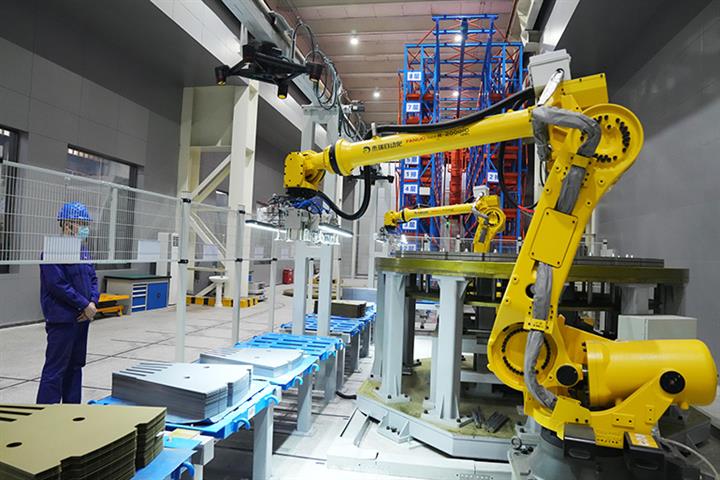 China’s IT Ministry Publishes List of 45 Advanced Manufacturing Industry Hubs
China’s IT Ministry Publishes List of 45 Advanced Manufacturing Industry Hubs(Yicai Global) Dec. 2 -- To promote the high-quality development of China's manufacturing industry through policy support and project demonstration, the Ministry of Industry and Information Technology has released a list of 45 national-level advanced manufacturing clusters.
New generation IT and high-end equipment clusters are the most represented with 13 each, followed by new materials with seven, biomedicine and high-end medical devices at five, consumer goods with four, and new energy and intelligent connected vehicles with three, according to the list the MIIT released on Nov. 30.
The 45 clusters are important in driving regional economic development and innovation in key areas, the MIIT said.
Industrial clusters are the most effective organizational structure for the survival and development of industries, Song Xiangqing, director of Beijing Normal University's research center for industrial economy, told Yicai Global. They help gather together production factors, optimize resource allocation, and create industrial ecology, he added.
Of the 45 clusters, 30 are in eastern China, eight in central China, five in the west, and two in the northeast of the country.
The clusters have more than 1,700 manufacturers with advanced innovative technologies, as well as over 2,200 small businesses focused on niche fields and with strong innovation ability and big market shares, the ministry’s data showed. The 45 clusters built 18 national centers for manufacturing industry innovation, equal to 70 percent of China's total.
The formation of these clusters leads to the economic development in their related sectors and the regions where they are based, Song said.
Administrative and procedural barriers should be torn down by establishing a joint cluster formation mechanism beyond jurisdictions and a better collaborative system along industry chains for firms within the cluster, Song noted. Efforts also should be made to nurture small businesses that focus on niche markets and have strong innovation skills to quickly drive the growth of these clusters, he added.
Editors: Tang Shihua, Martin Kadiev